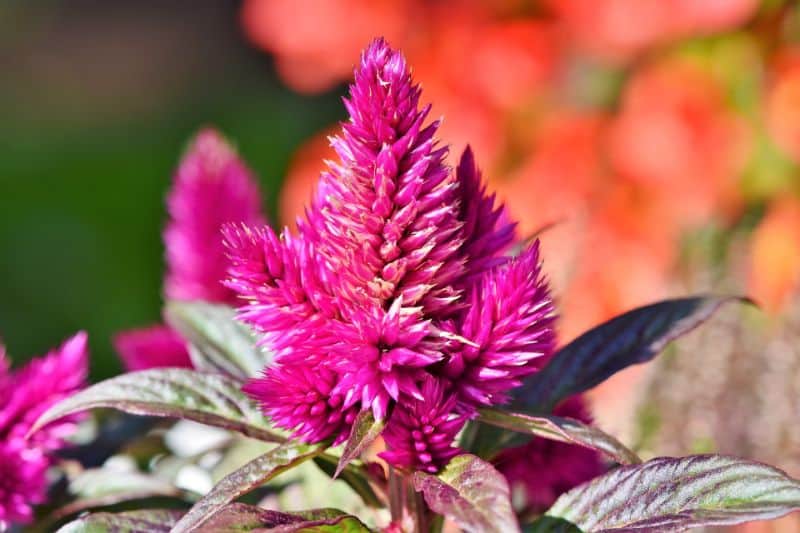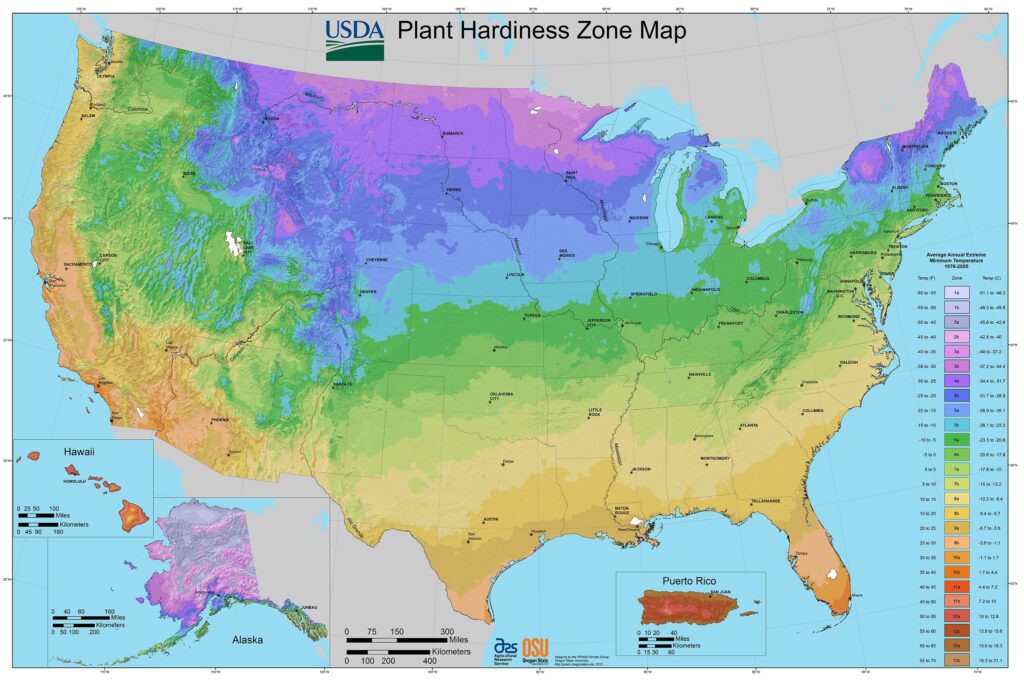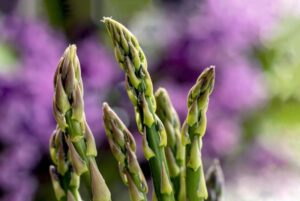If you’re looking for a beautiful, low-maintenance flower to add to your garden, celosia is a great choice. Celosia is easy to grow and care for, and they come in a variety of colors that will brighten up any garden. In this article, we’ll teach you how to grow and care for celosia plants so you can enjoy their beauty year-round.
Best Celosia Varieties
| Image | Name | Rating | Shop |
|---|---|---|---|
 | Bright Sparks Mix Celosia Seeds | ||
 | Rainbow Sherbert Celosia | ||
 | Celosia Spicata Flamingo Seeds |
How to Grow and Care for Celosia
Celosia Hardiness Zones
Celosia can be found naturally growing in hardiness zones 9-12 as an annual, meaning it will complete its life cycle in one growing season.
How Much Sun Do Celosia Need
Celosia does best with full sun, but they can also tolerate partial sun. In fact, in areas with very hot summers, celosia may appreciate a little afternoon shade.
Celosia Soil Requirements
Celosia grows best in full sun in moist, well-drained soil. Amend the soil with compost prior to planting to provide good drainage and fertility. Loamy soils are ideal, but celosia will grow in sandy or clay soils if they are amended accordingly.
Celosia Soil pH
Celosia plants prefer slightly acidic soil, with a pH range of 6 to 6.8. If your soil is too alkaline, you can lower the pH by adding organic matter such as peat moss or compost, which will help to acidify the soil over time. You can also use an acidifying fertilizer such as ammonium sulfate or aluminum sulfate.
Celosia Plant Spacing
When it comes to spacing celosia plants, a good rule of thumb is to space them out 12 to 18 inches apart. This will give the plants plenty of room to grow and develop without crowding each other out. With proper spacing, you’ll end up with a healthy and beautiful stand of celosia.
Celosia Temperature Requirements
Celosia is a tropical plant that thrives in the heat. It can be grown as an annual in colder climates, but it will not survive frost. The ideal temperature range for Celosia is between 70 and 85 degrees Fahrenheit.
Celosia Fertilizer Requirements
Celosia needs to be fertilized monthly with a high phosphorus fertilizer (such as 10-20-10) to promote blooming. Additional nitrogen is not necessary, as celosia plants will naturally grow tall and lanky if they get too much nitrogen.
Celosia Water Requirements
Celosia plants do best when they’re watered 1 inch per week. You can check to see if your plants need water by sticking your finger about an inch into the soil. If the soil feels dry to the touch, then it’s time to water the plants.
Celosia Humidity Requirements
Celosia can tolerate either low or high humidity levels. However, they prefer to be grown in humid environments, but will still do reasonably well in dry climates.
Celosia Pests
Celosia plants are resistant to pests, which makes them ideal for gardens and landscapes.
Celosia Diseases
There are two main types of diseases that can affect celosia plants: fungus and mildew. Fungal diseases often occur when the plant is grown in poorly drained or wet conditions, which can cause the roots to rot. Mildew, on the other hand, is usually caused by a lack of air circulation or too much shade.

















